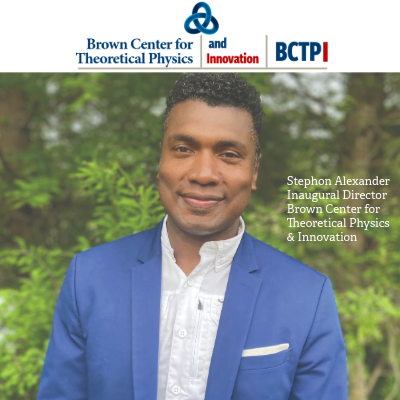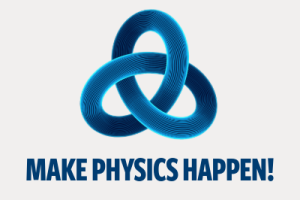Beyond Nobels: Brown’s Legacy and Future of Innovation
 Brown University has long stood at the frontier of theoretical discovery that reshapes the world. Its faculty and alumni have been honored with the highest accolades in science: Leon Cooper received the Nobel Prize in 1972 for his groundbreaking theory of superconductivity; Michael Kosterlitz received the Nobel Prize in 2016 for his pioneering work on topological phases of matter; and David Mumford, a towering figure in mathematics, was awarded the Fields Medal in 1974 for his foundational contributions to algebraic geometry and pattern theory. These awards mark more than recognition — they embody Brown’s distinctive ability to transform deep theoretical insight into transformative technologies.
Brown University has long stood at the frontier of theoretical discovery that reshapes the world. Its faculty and alumni have been honored with the highest accolades in science: Leon Cooper received the Nobel Prize in 1972 for his groundbreaking theory of superconductivity; Michael Kosterlitz received the Nobel Prize in 2016 for his pioneering work on topological phases of matter; and David Mumford, a towering figure in mathematics, was awarded the Fields Medal in 1974 for his foundational contributions to algebraic geometry and pattern theory. These awards mark more than recognition — they embody Brown’s distinctive ability to transform deep theoretical insight into transformative technologies.
Cooper’s work on superconductivity became the foundation of MRI technology, superconducting qubits, and accelerators, while his later foray into neural networks through Nestor, Inc. positioned Brown at the dawn of artificial intelligence. Kosterlitz’s insights into topological transitions laid the groundwork for topological quantum materials and quantum computation. Mumford’s mathematical innovations in pattern theory seeded the modern fields of computer vision and AI.
This continuum of discovery led to the creation of the Brown Center for Theoretical Physics and Innovation (BCTPI) in 2020. The Center unites quantum science, AI, and fundamental physics into a single collaborative engine for breakthroughs across climate modeling, neuroscience, cosmology, and quantum technologies. In 2025, BCTPI will launch a bold new Interdisciplinary Initiative, weaving together quantum information, artificial intelligence, and fundamental theory to drive the next wave of scientific and technological revolutions.
To celebrate this continuum, Brown is planning a Leon Cooper Legacy Event in late February / early March 2025. The event will bring together luminaries like Jaron Lanier (Microsoft Research, OpenAI board), leading AI and physics voices, and live music. It is designed to engage students, alumni, and the larger Brown community — and to reposition Brown at the forefront of AI‑quantum synergy.
Parallel to the event, BCTPI is structured like a high‑growth, mission‑driven startup. Over the next five years, the center seeks $2–3 million in funding to reach measurable milestones. BCTPI will spotlight its trajectory: from raising over $15 million, expanding student numbers from 10 to 50, and incubating landmark interdisciplinary innovations — to now building bridges to large‑scale technology impact.
Brown’s often‑unheralded tech heritage offers powerful narratives: its role in early Google search (via the Recomine acquisition), early VR “CAVE” systems, and contributions to quantum hardware all emphasize that the university has been quietly shaping technology for decades.
As Brown reconnects with its network of more than 2,000 physics alumni, the message is clear: Brown is not only preserving a proud legacy of Nobel- and Fields-winning science — it is actively generating the future. BCTPI is where the laws of the universe meet the engines of innovation, and where alumni and funders have the opportunity to shape the next horizon.

